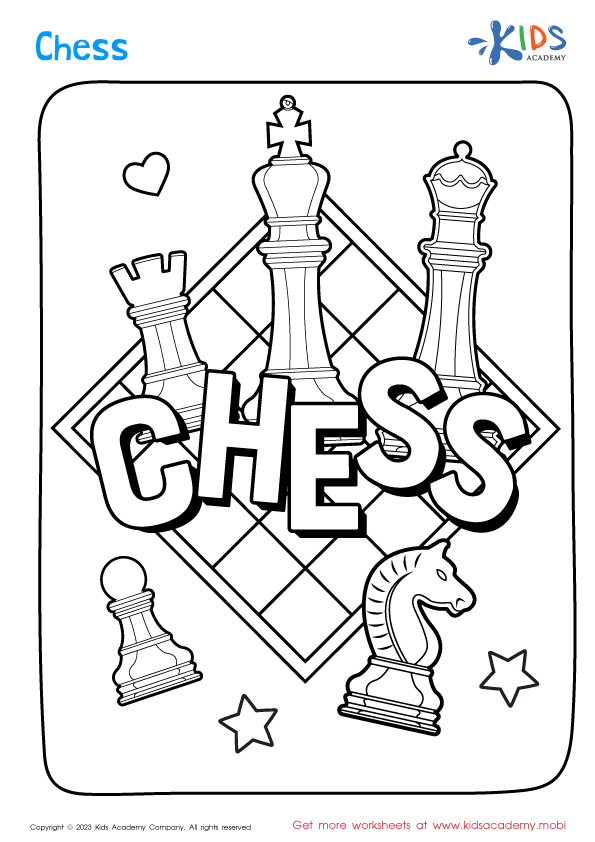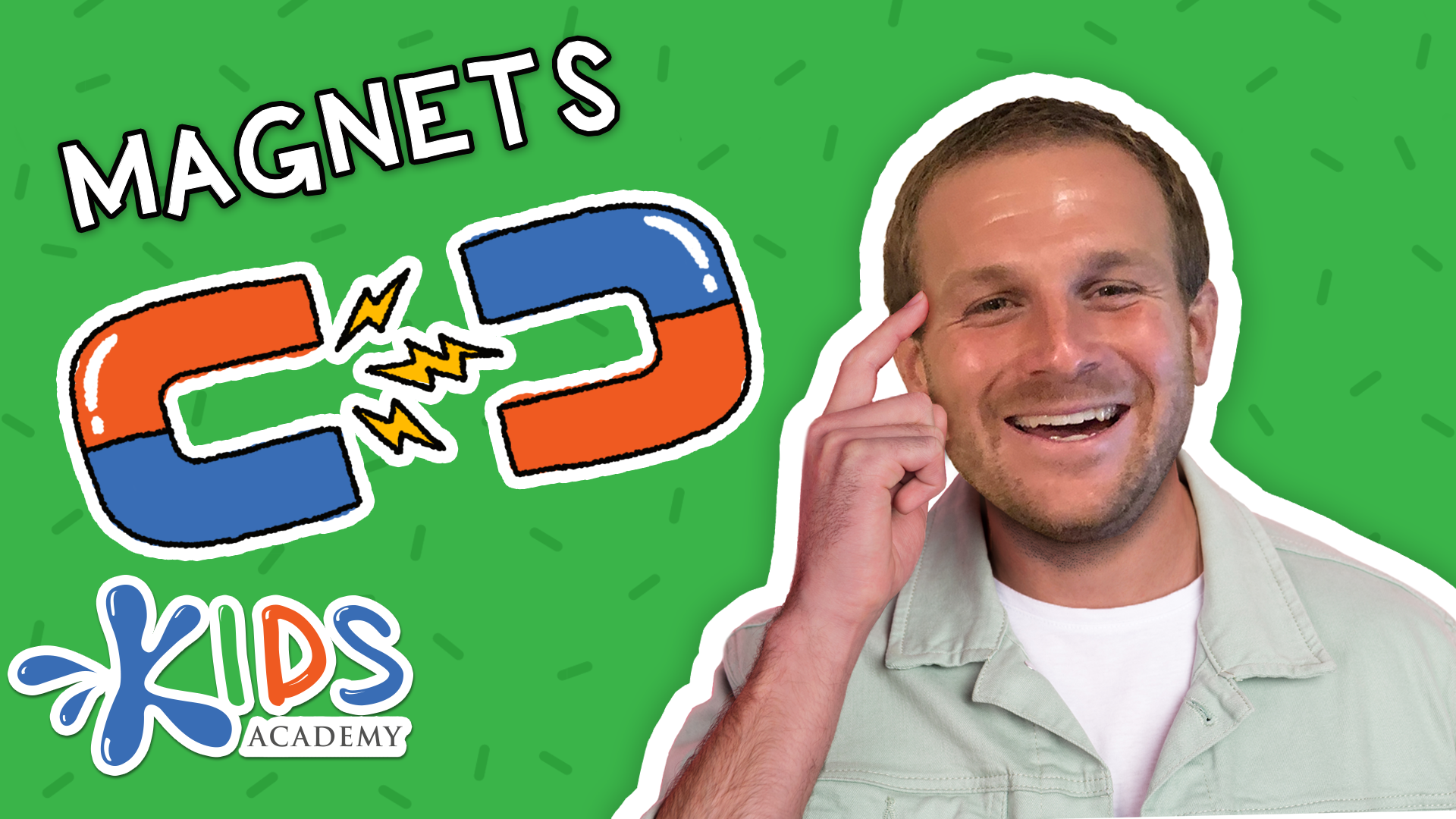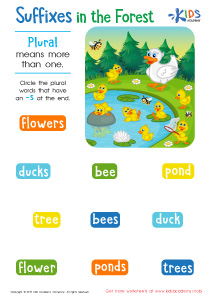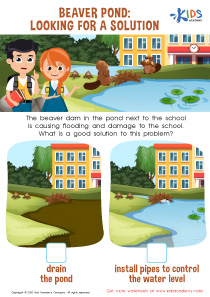Understanding patterns Easy Worksheets for Ages 5-7
3 filtered results
-
From - To
Discover our "Understanding Patterns" worksheets designed specifically for children ages 5-7. These engaging and interactive printables help young learners master the concept of patterns in a fun way. With vibrant illustrations and age-appropriate activities, students will enjoy identifying, creating, and extending patterns using shapes, colors, and objects. These worksheets enhance critical thinking and cognitive skills while making learning enjoyable. Perfect for classroom use or at-home practice, our resources support early mathematical understanding and prepare children for future learning. Start your child's journey into the world of patterns today and watch their confidence grow!
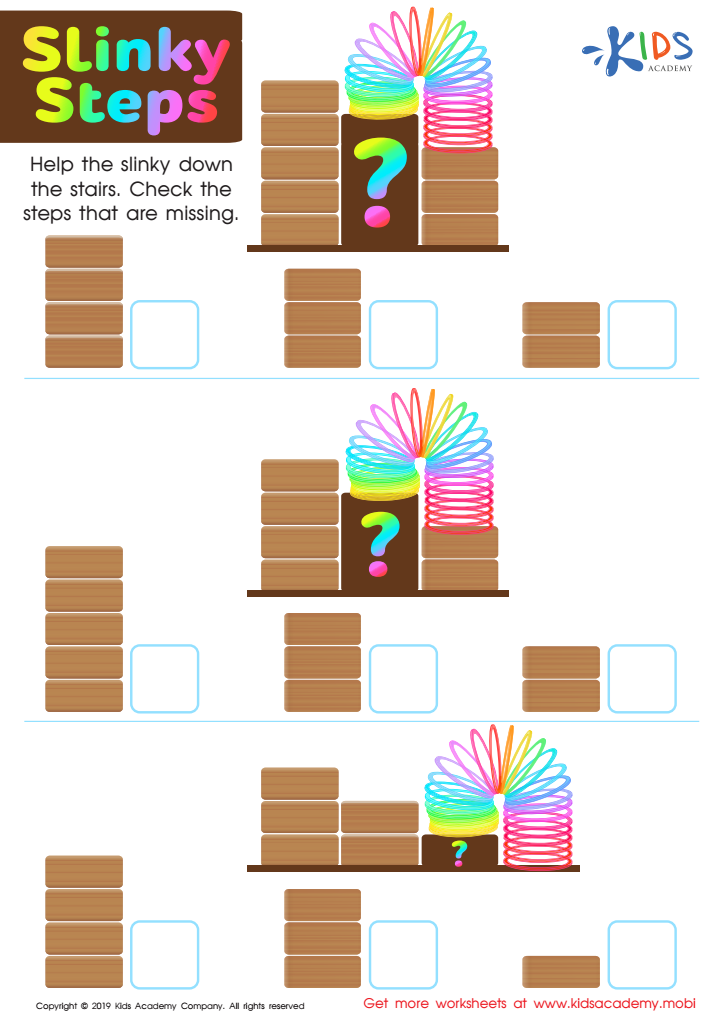

Slinky Steps Worksheet
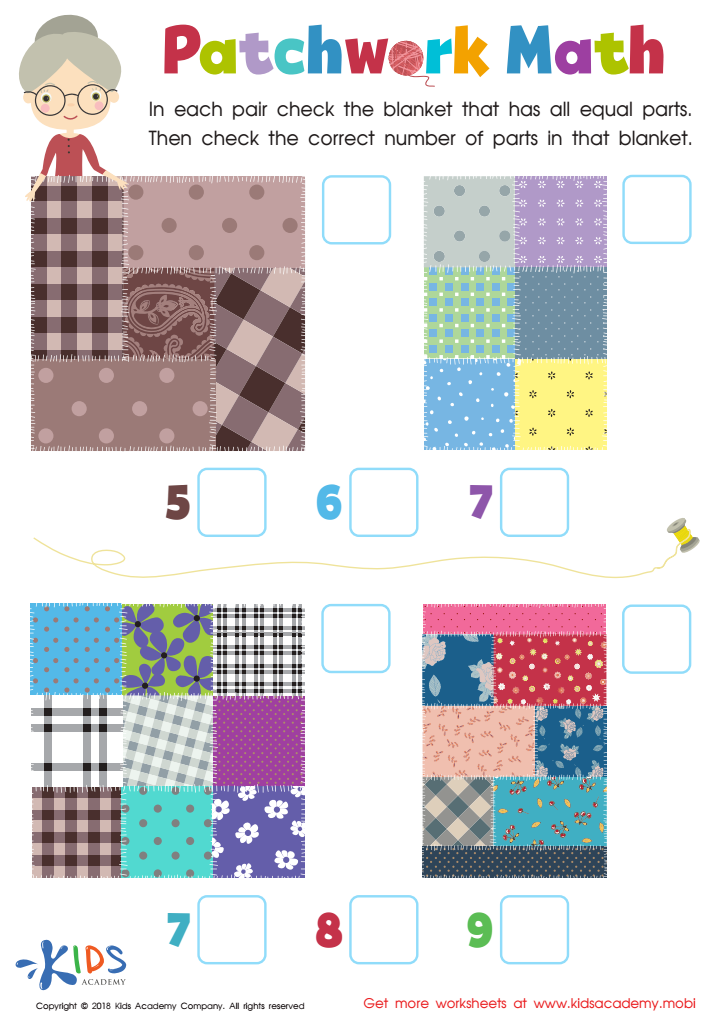

Patchwork Math Worksheet
Understanding patterns is crucial for children aged 5-7, as it lays the foundation for their mathematical development and critical thinking skills. At this age, children are naturally curious and eager to explore their surroundings. Recognizing patterns helps them make sense of the world and improve their observational skills. When parents and teachers encourage pattern recognition, they empower children to notice relationships and sequences, which are essential for later mathematics concepts, such as addition, subtraction, and geometry.
Moreover, pattern recognition cultivates problem-solving abilities. As children learn to identify and predict patterns, they enhance their cognitive skills, learning to make logical connections. This skill extends beyond math, enabling them to recognize routines and sequences in daily life, which contributes to their overall understanding of organization and predictability.
Additionally, patterns can be found in music, art, and literature. By engaging with patterns in various subjects, children develop creativity and appreciation for structure. Involving parents and teachers in exploring patterns together can make learning interactive and enjoyable, fostering a strong bond and positive attitudes toward education. Overall, emphasizing pattern recognition is integral to holistic development in early childhood.
 Assign to My Students
Assign to My Students
